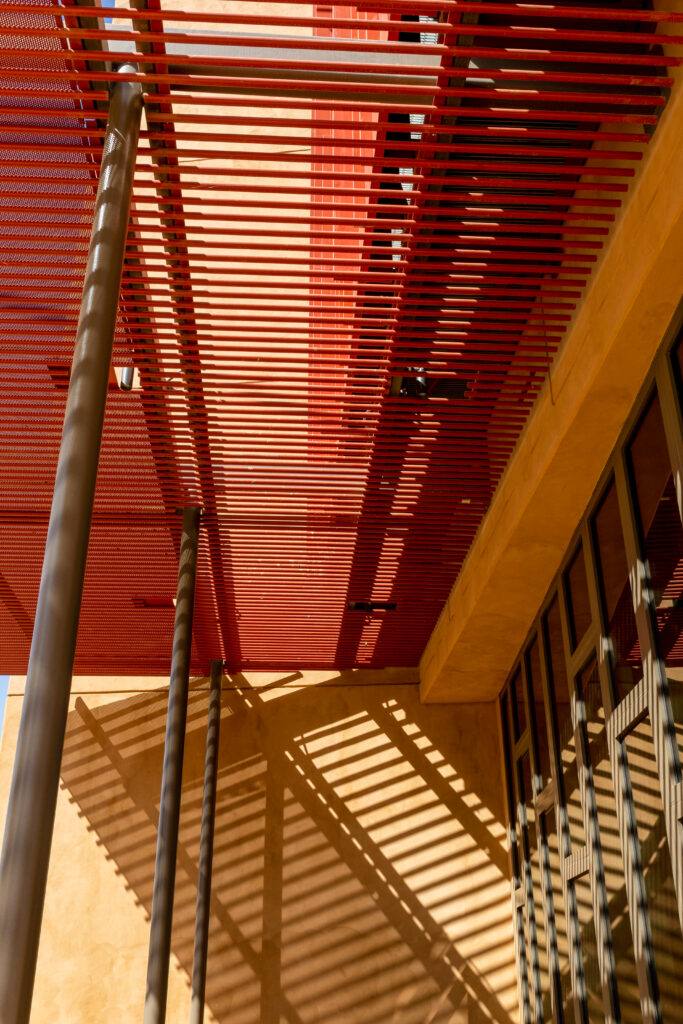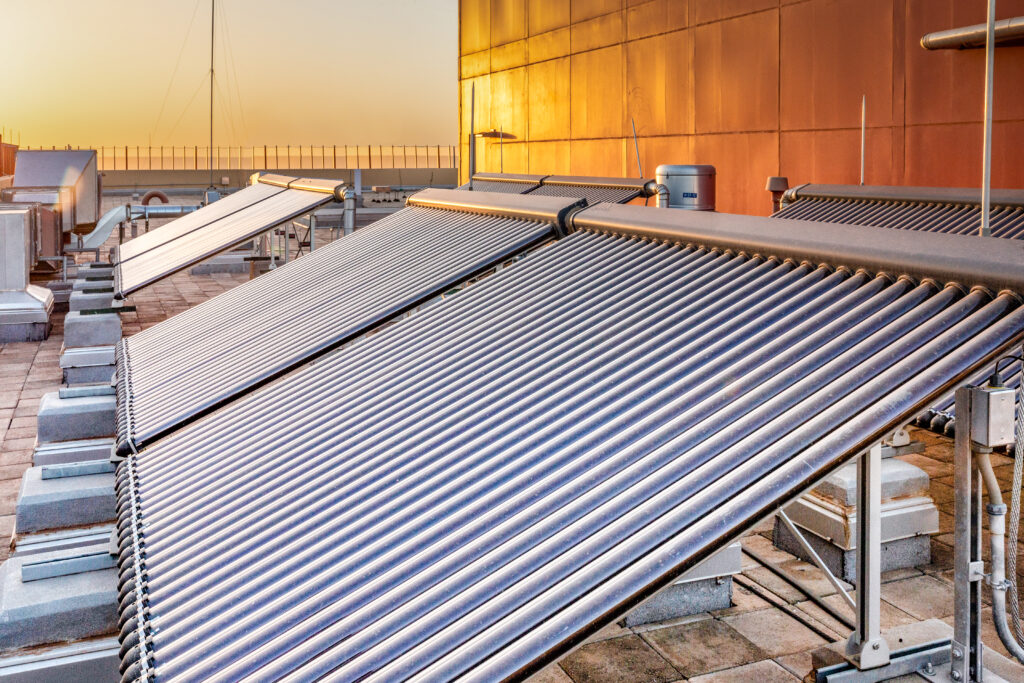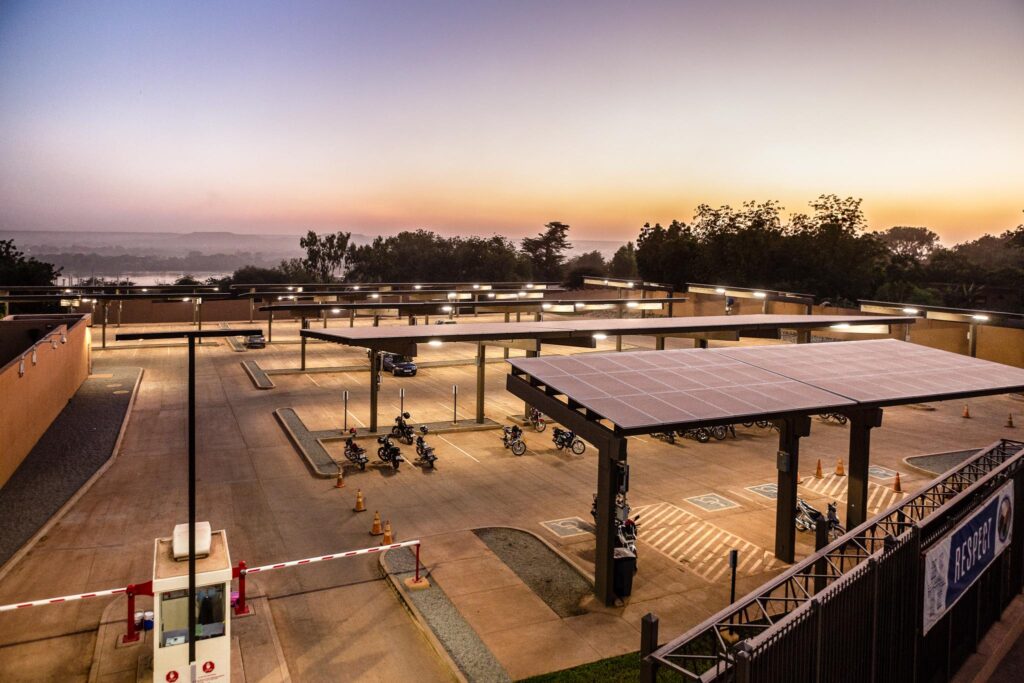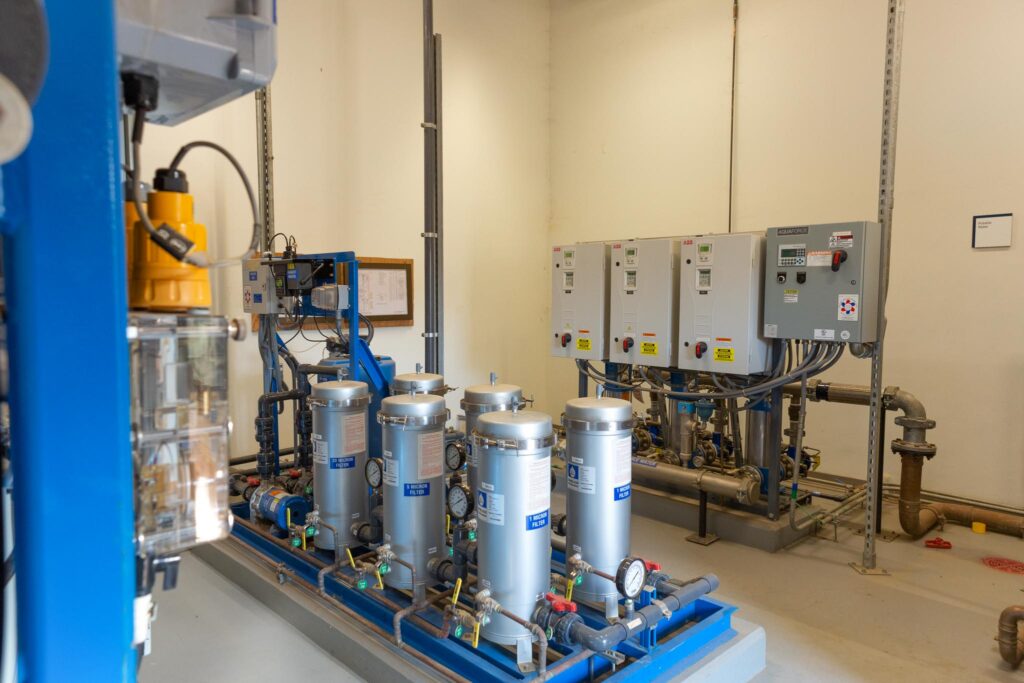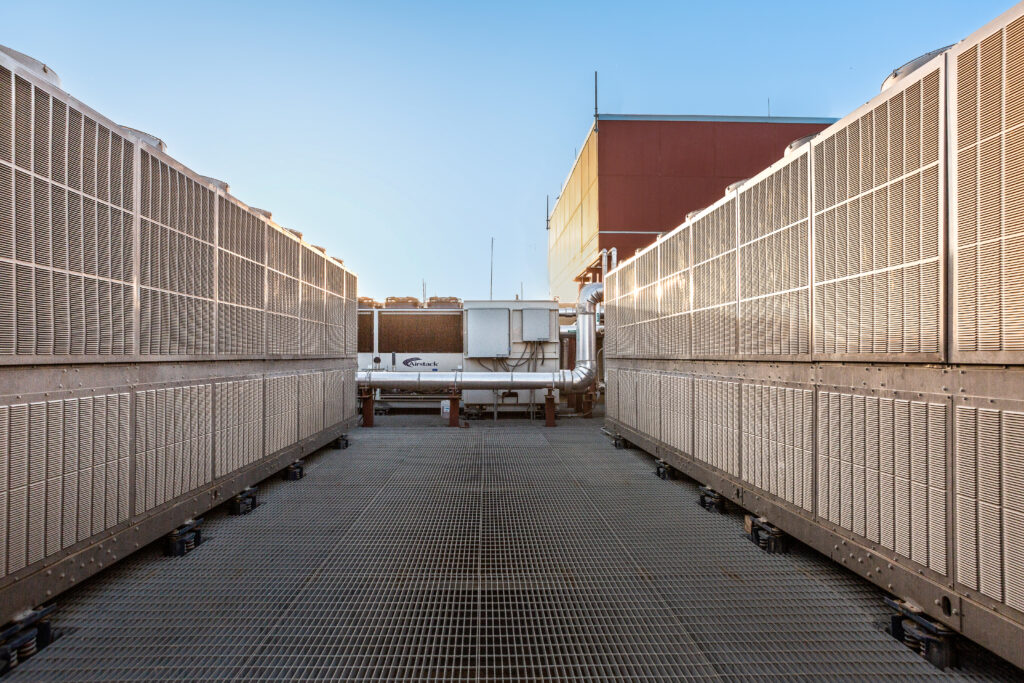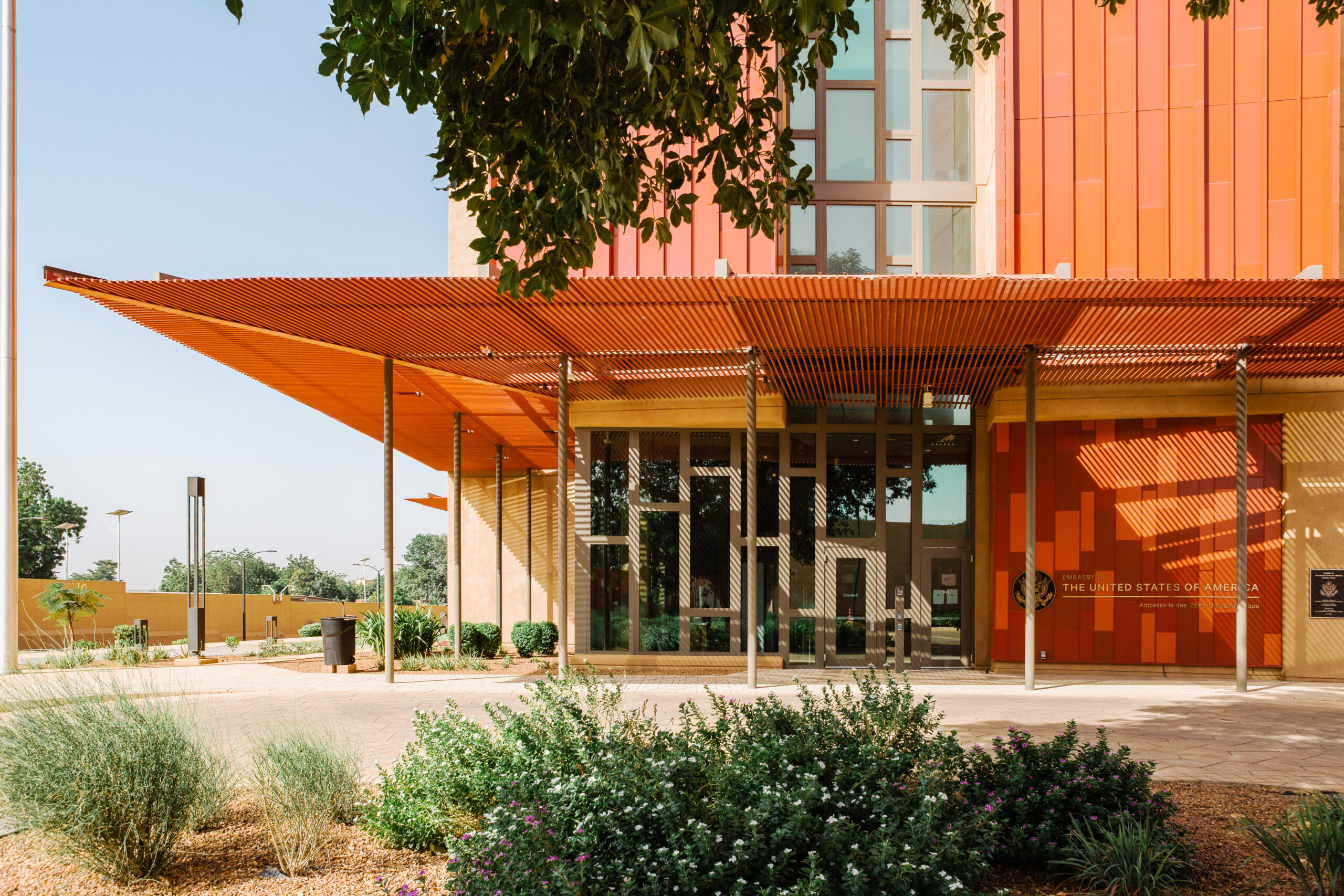
SECURITY. RESILIENCE. STEWARDSHIP.
The new U.S. Embassy in Niamey, Niger has been certified LEED Platinum by the United States Green Building Council (USGBC). USGBC’s LEED green building program certifies the design, construction, maintenance, and operations of high-performance buildings. This certification marks the first Platinum project in western Africa and is the Bureau of Overseas Buildings Operations’ (OBO) third Platinum certification in its diplomatic portfolio. Embassy Niamey is a part of 57 U.S. diplomatic missions worldwide that have achieved LEED certification: three prestigious Platinum certifications, 20 Gold certifications, and 34 Silver or LEED Certified missions.
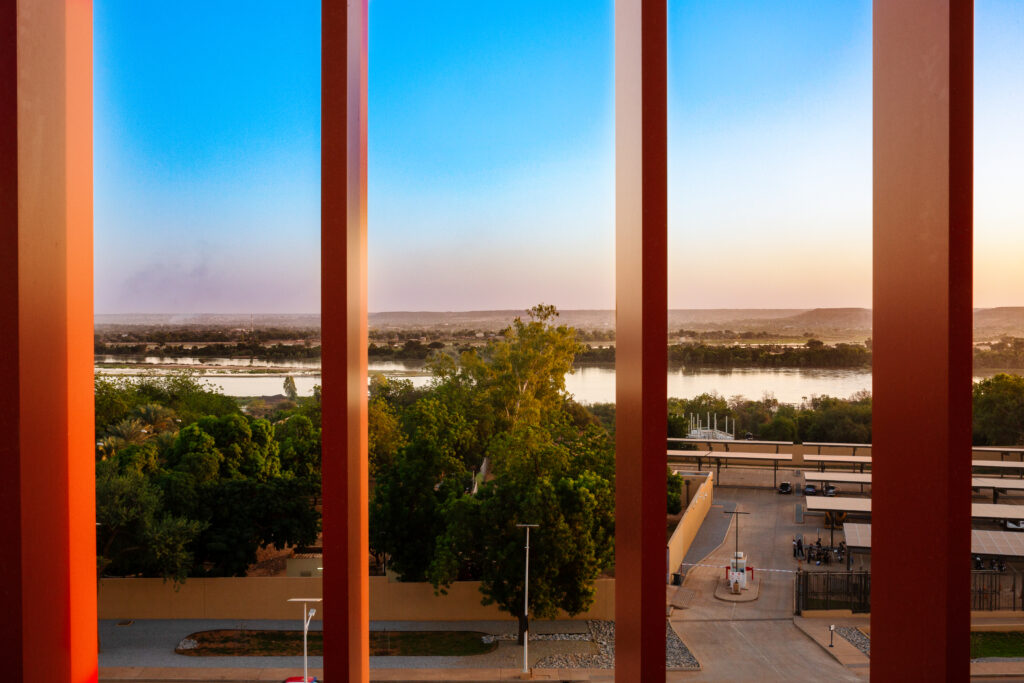
Photovoltaic arrays produce up to 712 KW, more than half of the facility’s needs, while consumption is minimized with finely tuned screens and canopies that reduce solar heat gain by nearly 60 percent. By responding to the local climate, many of the energy and water-saving measures are integrated into the project’s design and construction. Additional proven, future-forward technologies are incorporated to reuse water or capture wasted energy, such as waste-water treatment, stormwater detention, and energy recapture systems. 75 percent of construction waste, nearly six million cubic yards, was recycled, reused, or otherwise diverted from landfills. Construction materials are 23 percent regionally-sourced and 22.4 percent are made with recycled content.
0% On-Site Water Treatment
All sewage is managed through on-site wastewater treatment with effluent used for irrigation and/or infiltration.
0% Stormwater Runoff Capture
Stormwater runoff — up to a ten-year storm — is infiltrated on-site to prevent runoff to adjacent properties.
0% Reclaimed Irrigation Water
Irrigation demand, reduced by 60 percent with native and drought tolerant species, uses only non-potable water.
0% Energy Savings
Energy efficient strategies save 27 percent compared to a baseline building with an additional 38 percent reduction using renewable energy.
0% Water-Use Reducation
Efficient fixtures and systems reduce the project’s water use by over one-third.
